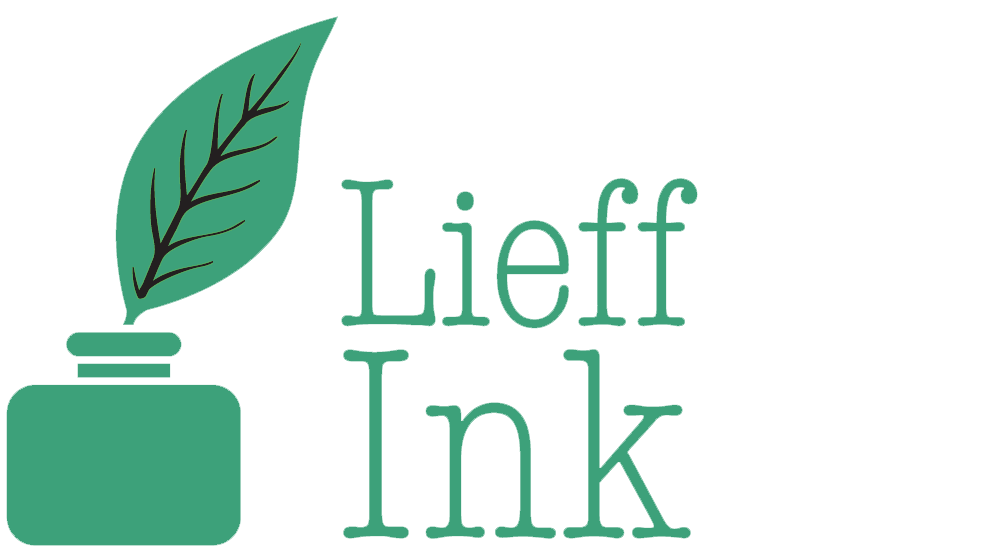 While this book caught my eye for obvious reasons, as soon as I read the back cover synopsis that talked about Judith Jones discovering Anne Frank’s manuscript from a slush pile, I was ready to find out more. As one of the OG female editors at Doubleday and Knopf, Jones busted through glass ceilings for decades. Starting in the 1950s, she transformed the publishing world by making bold moves that were, at the time, unheard of for a young woman. She never let anyone or anything stop her. In short, she’s a legend who finally gets her due in The Editor.
While this book caught my eye for obvious reasons, as soon as I read the back cover synopsis that talked about Judith Jones discovering Anne Frank’s manuscript from a slush pile, I was ready to find out more. As one of the OG female editors at Doubleday and Knopf, Jones busted through glass ceilings for decades. Starting in the 1950s, she transformed the publishing world by making bold moves that were, at the time, unheard of for a young woman. She never let anyone or anything stop her. In short, she’s a legend who finally gets her due in The Editor.
Although The Diary of Ann Frank is enough to put Jones in the editorial hall of fame – it has sold over 30 million copies making it, according to The New York Times, “the most popular secular book in history” – that was just the beginning for her. Throughout her career, Jones worked with over 100 writers including Pulitzer Prize winners Anne Tyler, John Hersey, and Theodore Roethke. She is also responsible for making Julia Child the first famous cookbook writer turned television star, editing everything John Updike ever wrote, and making culinary giants like James Beard, Edna Lewis, and Lidia Bastianich the renowned names they are today. Clearly reading or using cookbooks is not my thing, but it was still interesting to learn about Jones’ instinct and eye for what would make a successful book. She ushered in a new era of cookbooks and demanded that they be taken seriously rather than “unliterary in subject and form.”
In The Editor’s Introduction, author/biographer Sara B. Franklin aims to “give the editor, the woman, her due” and she accomplishes just that. Jones pushed for what she believed in, worked hard to find, edit, and support her authors, and tirelessly provided feedback and edits at a time when writing letters back and forth was the quickest method of communication. In an effort to provide perspective, Franklin integrates what was going on in the world at the time – for example, how the number of televisions in American homes jumped from 10,000 in 1945 to 52 million in 1960. Also, how the bookselling and publishing industries changed in the 1980s with big chain bookstores taking over. Similar to The Ride of Her Life, that context elevates the importance and impressiveness of Jones’ work.
One criticism I have is when Franklin provides too many details about inconsequential things throughout the narrative – for example, too much time is spent talking about what Jones and her husband Dick make for dinner. These details may have meant a lot to Jones and Franklin but they are also distracting and wordy. Other than that, the author clearly did her homework and cares about the subject. And by subject I mean both Jones and writing in general. “Judith was invested not only in her writers’ careers but in their lives overall.” Franklin does a masterful job showing how Jones had to fight to have her voice heard and how little credit women received for their professional endeavors. By 1985, Jones had been “editing cookbooks that shaped American culture [for 45 years], but the impact of her work had been little recognized.”
The saddest part of Jones’ story is that she could not have children. That absolutely broke my heart. One of my favorite parts is that she insisted on her authors familiarizing themselves with one another’s work and that she always stood up for her authors. Her ability to navigate all the changes she saw in the industry and in America over the decades was extraordinary. She also survived health issues, a flash flood, and the death of her beloved husband. At 85 years old, in 2011, Jones retired as the senior editor and vice president of Knopf – as a well-respected legend of the publishing world who lived an audacious life. Any writer, especially female writers, will appreciate this homage to Judith Jones. As the cover says, she shaped American literary culture and did it her way.
Quotes
“A good editor is agile enough to navigate between demands and sensitive enough to know which to inhabit and when.”
“To Judith, all forms of writing had a place.”
“Anne Frank’s widespread resonance proved the power of individual voices within larger political events.”
Jones and Child “shared an eye for detail and a penchant for hard work; it was a pairing of grit and will.”
“The most important quality for an editor, a sensitive editor, is diplomacy. Adapting your style to each situation.”
William Maxwell, fiction editor for The New Yorker, told Judith that the “most important prerequisite for an editor” was patience.
“Judith was the most civilized person in publishing.” – Sonny Mehta (Bob Gottlieb’s successor at Knopf)
“Judith permeated your life. All the time she spent with me, nurtured me, she helped me be who I am.” – Lidia Bastianich (There is no bigger compliment to an editor that this!)
“We were a little bit kindred spirits; we recognized each other somehow. You never know where you’re going to get the good stuff from.” – Christopher Hirsheimer
Fun Facts
Originally published as a 30,000-word article in The New Yorker, Hiroshima “is considered a pioneering work of New Journalism, a style in which the narrative techniques used in fiction writing are adopted for nonfiction reportage.”
Memorial Day used to be called Decoration Day (1960).
In May 1962, The New York Times began running a weekly restaurant review – the first actual restaurant section in an American newspaper.
Before the 1980s, cookbooks featured illustrations rather than photos.


Leave a Reply